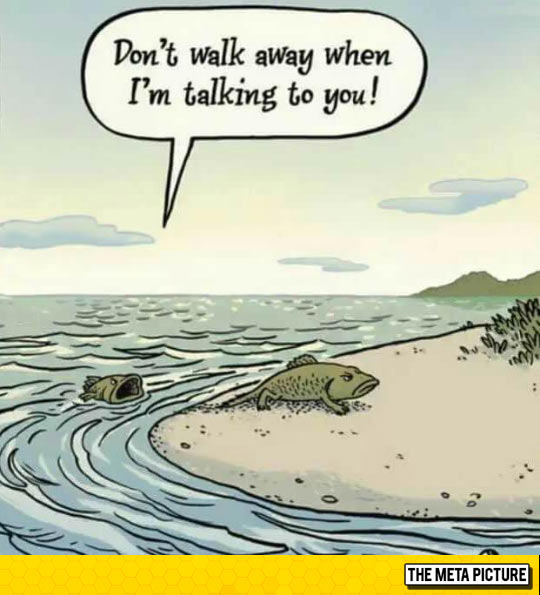There have been many events in the long history of Earth that have shaped the course of the evolution of life for millions of years. Whether it be the rise of multi-cellular organisms or the asteroid that ended the reign of the dinosaurs, life today would be very different if those events hadn’t happened, certainly we wouldn’t be here.

In today’s post I’ll be talking about recent progress that is being made in understanding two of these events. One of those events was the first time that an animal with an internal skeleton, a vertebrate left the ocean to walk on land but I’m going to start by discussing new revelations concerning the very origin of life itself.

Scientific speculation about the origin of life began even before Darwin published his ‘On the Origin of Species’ but for about a hundred years it was little more than speculation. Then in the 1950s the Miller-Urey experiment was performed showing how easily the gasses that made up our planet’s early atmosphere could be converted into complex organic molecules like amino acids. (For more information on the Miller-Urey experiment see my post of 9 March 2019.)
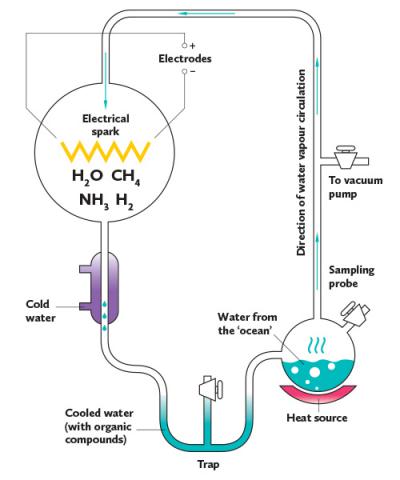
For the last fifty years however real progress in determining the chemical path that led to the first living things ran into a roadblock, the chemical phosphorus. You see phosphorus is critical in many of the chemicals processes in living cells; Adenosine triphosphate is often referred to as the match that lights the chemical engine of cell metabolism while phospholipids make cell membranes stronger and more watertight. Perhaps most importantly phosphorus is an essential element in the formation of both the DNA and RNA molecules that form the genetic code of life.
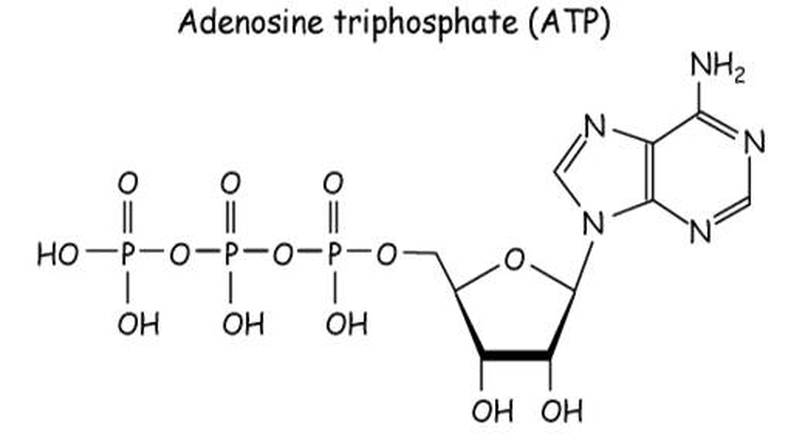
Problem is that phosphorus doesn’t usually combine well with organic chemicals, combining more easily with calcium, an element that is abundant in the oceans. This leaves very little free phosphorus around with which to create the first living things. Biochemists were stumped, to build the first living creatures you need phosphorus, where did those, not yet living, complex organic compounds get it.
Jonathan D. Toner and David C. Catling of the Department of Earth and Space Sciences at the University of Washington have recently suggested a solution to this problem. In their paper published in the ‘Proceedings of the National Academy of Science’ they have suggested that carbonate rich lakes might be the locations where phosphorus was incorporated into organic chemistry. You see carbon bonds with calcium even more strongly than phosphorus does. So lakes that are rich in carbonates will use up all of the calcium leaving whatever phosphorus there is free to get incorporated into organic compounds.
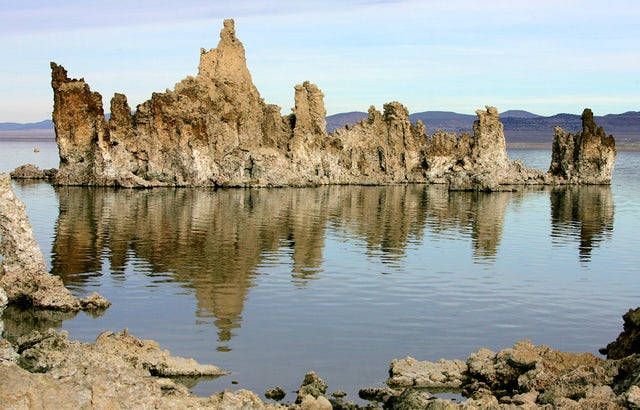
The kind of lakes we’re talking about here is not the sort commonly considered hospitable to life. Lakes with little or no outlets where salts and other chemicals can build up. Mono Lake in California and Lake Magadi in Kenya would be a good examples. Although such environments are hostile to advanced forms of life they are often rich in primitive bacteria and algae.
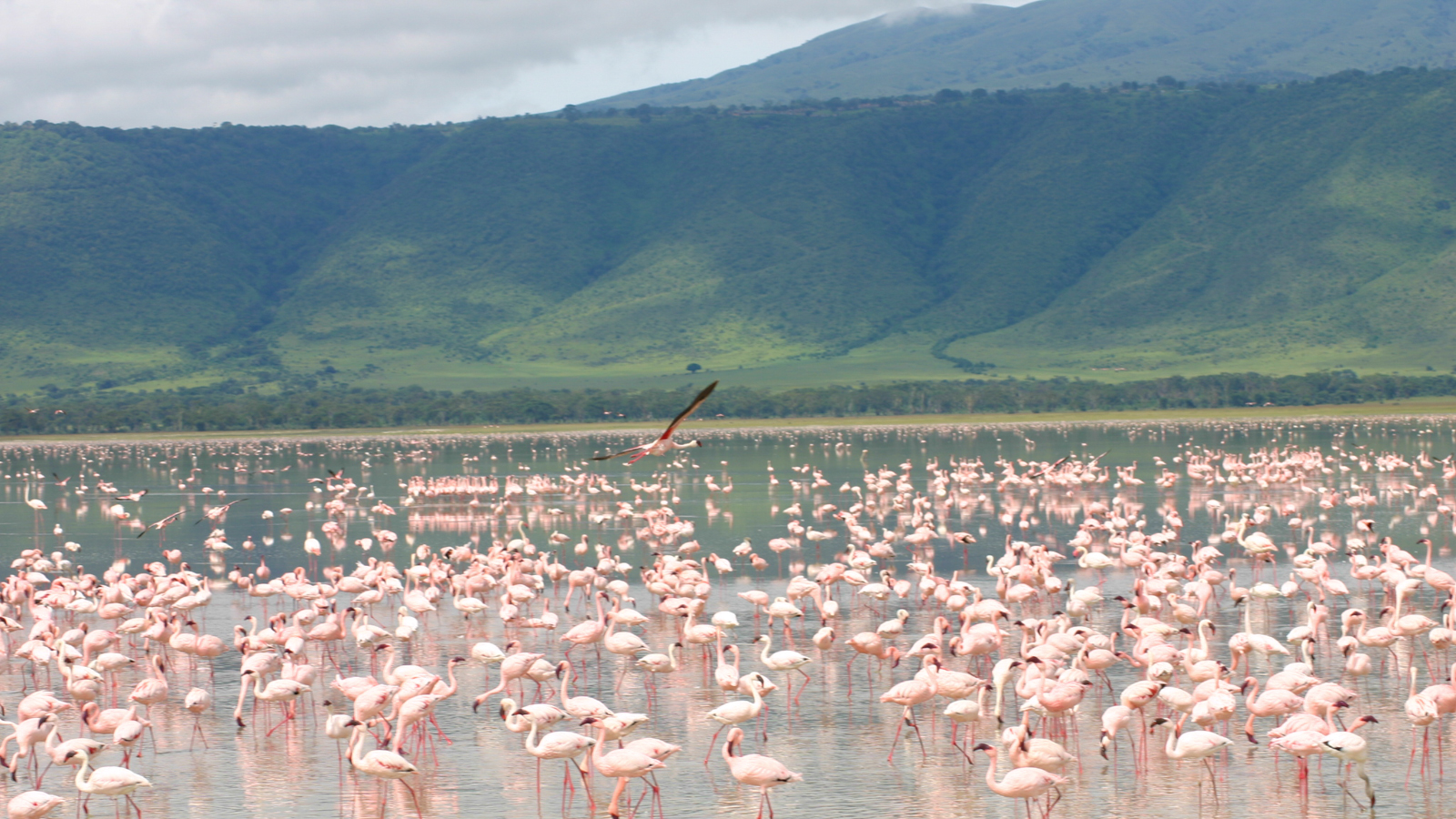
Doctors Toner and Catling have even measured high levels of free phosphorus in many such lakes, see chart below, demonstrating that the more inorganic carbon in the water, the more free phosphorus there is as well. Other scientists will have to critique and challenge Toner and Catling’s theory before it’s accepted but it certainly looks as if they may have found the solution to a longstanding problem.

Another crucial event in the history of life occurred when the first vertebrate crawled out of the water and onto the land. From the paleontological record we know that this transition occurred during the late Devonian period some 3755 million years ago. While the actual species of fish that first succeeded in wiggling out of the water is a subject of debate one possibility is Tiktaalik rosa, see image below, discovered by Neil Shubin of the University of Chicago and Edward Daeschler of the Academy of Natural Science here in Philadelphia.

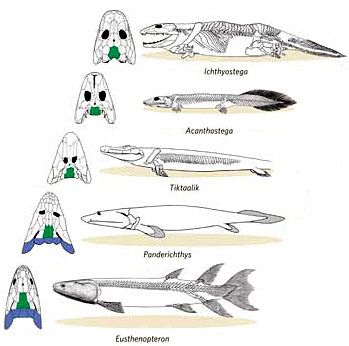
Looking at Tiktaalik it is immediately obvious that this animal is not a streamlined swimmer. In fact Doctors Shubin and Daeschler think that Tiktaalik crawled along the bottom of shallow, muddy lakes and ponds using its four fins more like legs than fins. Such an anatomy and lifestyle seems perfect for the first land walker but it also raises the question of how did the fins of a fish evolve into the proto-legs of Tiktaalik. Now Doctors Shubin and Daeschler, along with a few of their colleagues, have published a new paper comparing the limb-fin of Tiktaalik to those of related, and thought to be ancestral species, Sauripterus taylori and Eusthenopteron foordi.
First the researchers used CT scans of the fossil remains to construct 3-D models of not only the bones in the animals fins but also the cartilage and dermal (skin) rays. The 3-D model allowed the researchers to rotate and examine the entire skeletal structure bringing out details that are commonly lost in removing the bones from the rock encasing them.

What the scientists discovered was that the evolution from the earlier species to Tiktaalik involved a reduction in the dermal rays of the fins. At the same time the top and bottom of the fin lost their symmetry, the top growing faster than the bottom leading to the formation of a ‘palm’ in the fin of Tiktaalik. Such a structure would have been able to act as a support base when Tiktaalik rested on the bottom of a pond, or on land.
The water to land transition was one of the most important events in the history of life. Thanks to the work of Doctors Daeschler and Shubin we are now filling in some of the minute details of the anatomical changes needed to make that transition. Bit by bit other paleontologists are filling in the details of other events as well giving us a clearer picture of how life evolved into all of the many the living things on Earth today.
